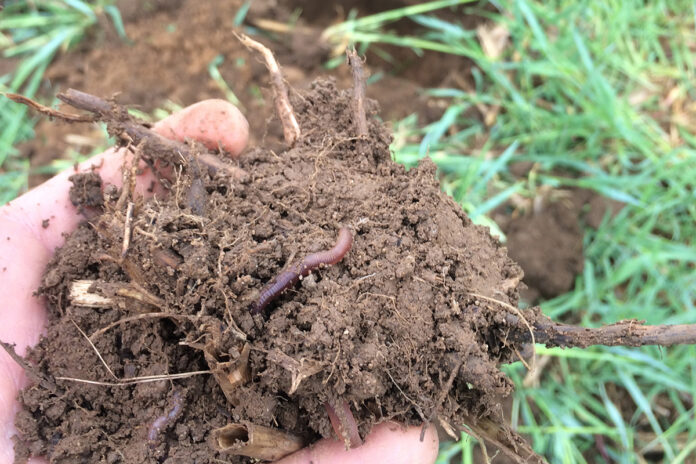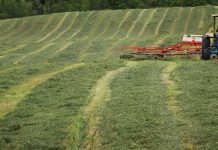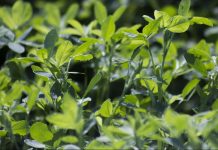
While we’ve experienced varying temperatures, mud, ice, snow, and rain this winter, the grazing season will be here in just a few weeks — bringing with it sunshine and warmer temperatures.
If you have not given much thought to pasture soil fertility, there is still time. Well-managed pastures promote soil health, minimize erosion and provide an economical source of feed for grazing animals. Let’s review the importance of soil sampling in achieving optimum plant growth.
Soils with adequate nutrients and pH promote pasture growth and development. Fertilizer prices have declined, but building and maintaining soil fertility is still a necessary and costly investment. While “book values” can give an estimate of lime and fertilizer requirements based on yield goals, soil sampling is the most accurate method for determining input needs.
Soil Sampling
An acre furrow slice is a common means of estimating volume or weight of soil and represents a depth of 6.7 inches across an entire acre. One acre furrow slice is equal to two million pounds of soil Because only about one cup of soil is sent to the soil testing lab for analysis, collecting a sample that represents the field is critical.
Obtaining a representative sample is accomplished by following a zigzag sampling pattern, limiting sample size to 25 acres, and collecting a minimum of 10 core samples from the same depth. Taking more than 10 core samples does improve reliability and accuracy of the recommendation. Areas in a pasture with distinct differences (soil type, topography, drainage, yield, etc.) should be sampled separately.
Soil sampling can be done in the spring or fall. Regardless of the time of year samples are collected, the sampling procedures are the same. If the soil is damp at the time of sampling, be sure it is dry before sending to the lab for analysis. If you are in a hurry, soil can be dried in an oven, but the temperature should not exceed 120 F.
When animals graze, soil nutrients are removed as the forage is consumed. For each ton of forage consumed, approximately 12 pounds of P205 and 49 pounds of K2O are removed and need replaced to maintain yield. The general rule of thumb is to collect soil samples every three years to monitor and replace nutrients removed.
Lime
Your soil test report will likely include two pH values: soil pH and buffer pH. Each value has a different role when making management decisions. The soil pH should be in an acceptable range for the plants grown. The buffer pH (sometimes called acidity) determines the lime requirement.
Lime requirements will differ based on several factors, including subsoil pH, previous cropping patterns, and forage grown. For instance, legumes require a higher pH to achieve optimum yield, while grasses can tolerate lower soil pH (see Table 1).
If your soil test results recommend a lime application to correct soil pH, keep in mind that all retailers selling lime in Ohio must have an analysis indicating the effective neutralizing power. The ENP is expressed as pounds per ton and allows you to evaluate different lime sources based on the effective neutralizing power.
This is especially useful when evaluating various liming materials. There are two calculations that can be made if you know the effective neutralizing power of the lime. These include the amount needed and cost. The equations are provided below.
Tons of lime needed:
Tons of lime material = (Lime rate from soil test) * (2000/ENP)
Cost of lime source:
Cost ($/acre) = (Lime rate from soil test/ (ENP/2000)) * ($/ton)
Summary
Collecting representative soil samples is important in making management decisions about lime and fertilizer needs of pastures. You local extension professional and agronomist can assist you with answering sampling questions and interpreting test results.
Helpful resources and publications from OSU Extension are available at agcrops.osu.edu/fertilityresources.













